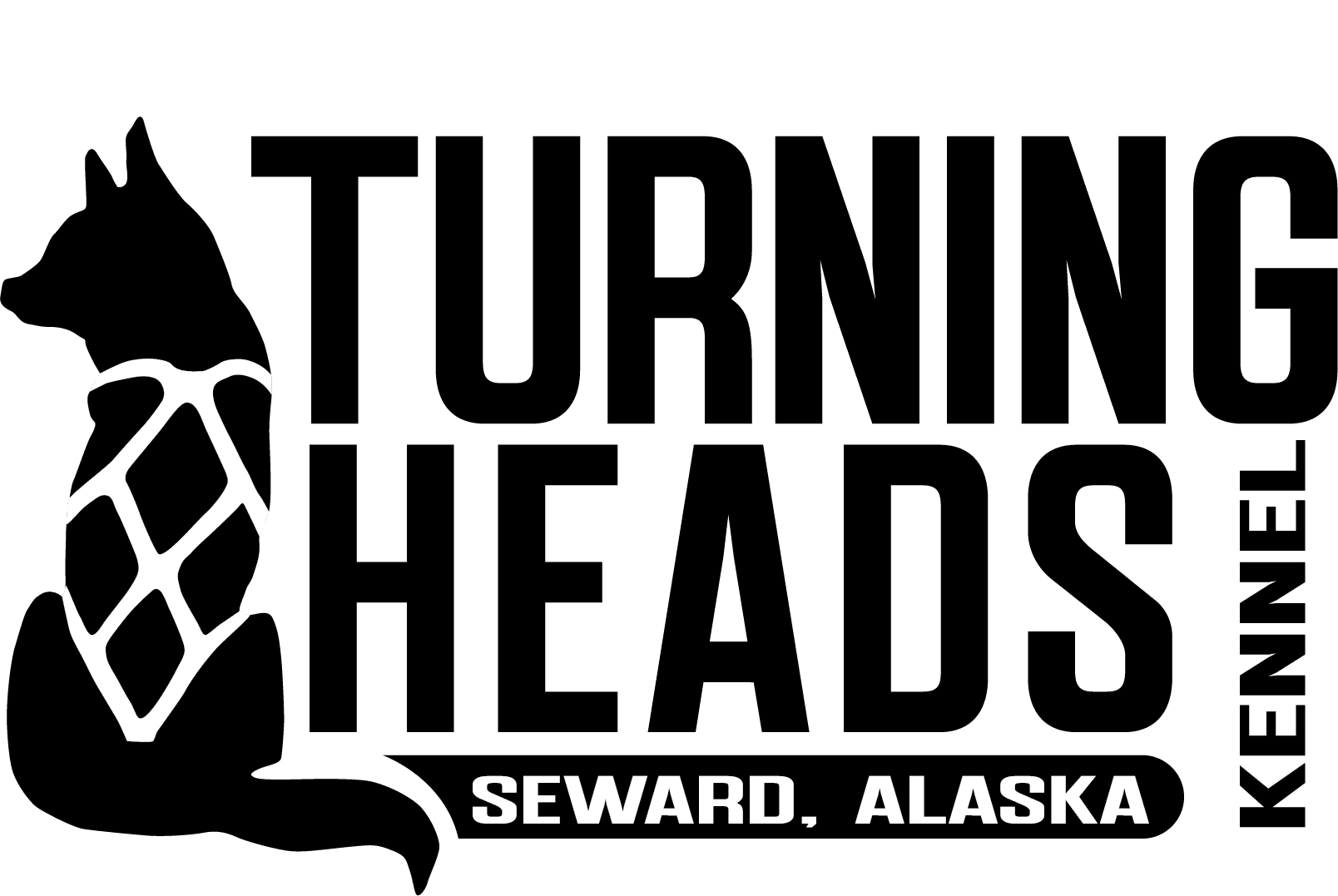One of our sponsors is the Cook Inlet Aquaculture Association. Every year they kindly donate us fish after they have taken eggs from them and in exchange we try to help them out when they need it. They use the eggs they collect to stock the hatcheries. They also monitor how many fish they get as it is critical to fish and game for determining when they can open up to commercial fisherman in the beginning of the season. They have to let so many fish return to their spawning grounds so that the salmon population will stay stable before they can allow fisherman to start catching them. Good idea, because they sure are tasty!
The Bear Creek Weir, which is where we get our fish from here in town, has two big salmon runs. In the spring, they have the Sockeye Salmon, also known as the reds (for salmon illiterate folk like me) and here in the fall they have the Silvers.
Not really knowing a whole lot about salmon, I found coming down to volunteer some of my time pretty interesting. The whole idea is that we are helping the hatcheries and keeping the salmon stock healthy. To that extent, we’ve collected about 140 silver salmon eggs and fertilized them so far. It’s a pretty interesting process. First, the salmon swim up to the weir. It’s approximately a 7-mile swim from the ocean to the weir and takes the fish about 5 days. Then, the fish are forced to swim up into the fish trap.
Once in the fish trap they are sorted male/female. For every 3 females the weir takes 1 male. I’m still not exactly sure why they don’t do a 1:1 ratio, but I guess they have their reasons!
When enough fish have been captured, the weir performs an egg take. That’s when we go in and help them. Although no one part of the egg take is particularly difficult, when you add it all together if you don’t have enough people it can be a lot of work.
The first thing we do is kill the fish. We only kill a few at a time so that everything stays fresh. I ended up helping bleed fish on one of the days I helped for the first part of the morning. Essentially, I cut near the tail so that the fish would bleed out. It makes it easier to take the eggs and, more importantly, to get a kidney sample later on.
They put the eggs of three females in one bucket. Then, they take a male salmon and (this is kind of gross) they essentially squeeze the sperm out of him to fertilize the eggs. Once this is done, the eggs are put in a salt water rinse.
The fish, both male and female, are then taken and kidney samples are taken to ensure that they don’t have kidney disease. I guess it is a pretty prevalent disease among salmon and they are trying to ensure a healthy stock. From what I could tell (I mostly bagged kidneys) it seemed like the fish were healthy. If the findings show any of the fish have the disease, however, the eggs will be tossed out.

After all that has been done, Travis and I get to take some of the fish and the rest goes to other local mushers. It’s really a great set up and we’re really happy we have such a cool way to spend our time and to help out. We are extremely grateful that the Cook Inlet Aquaculture Association helps us feed our dogs tasty salmon all winter long and that they provide us with such an interesting volunteer opportunity!

